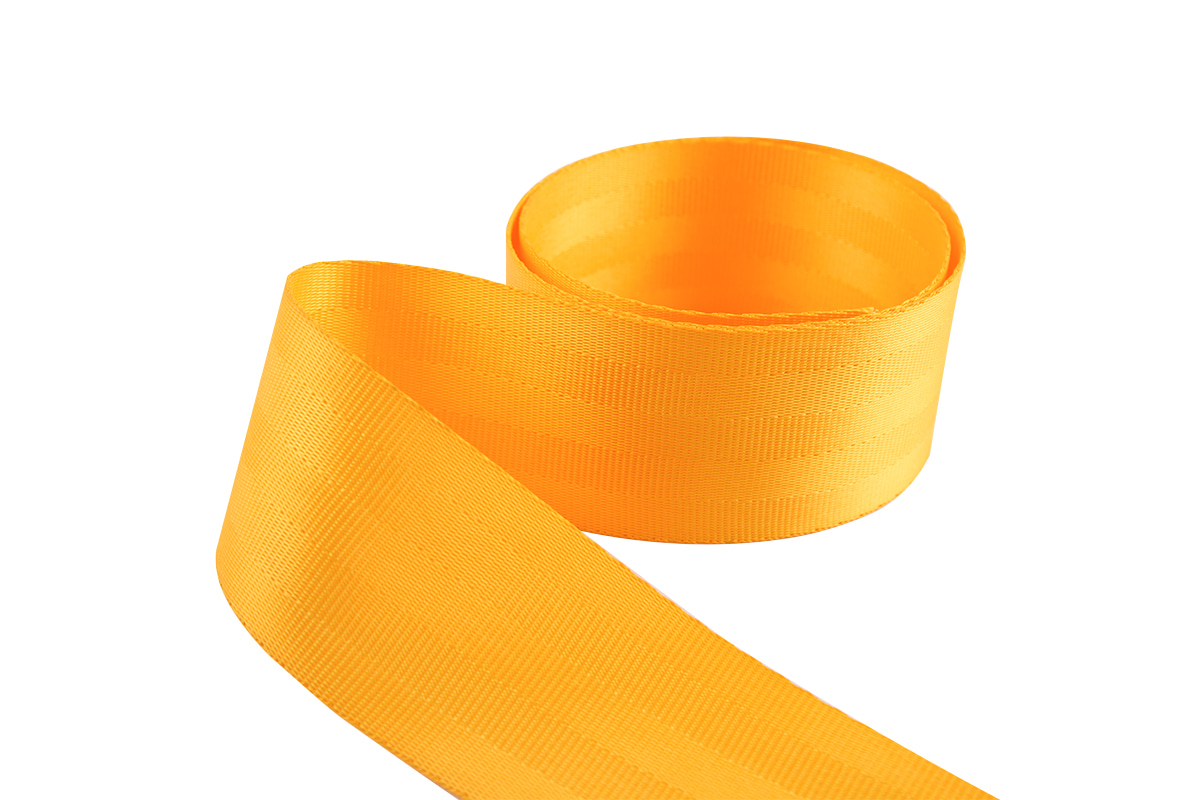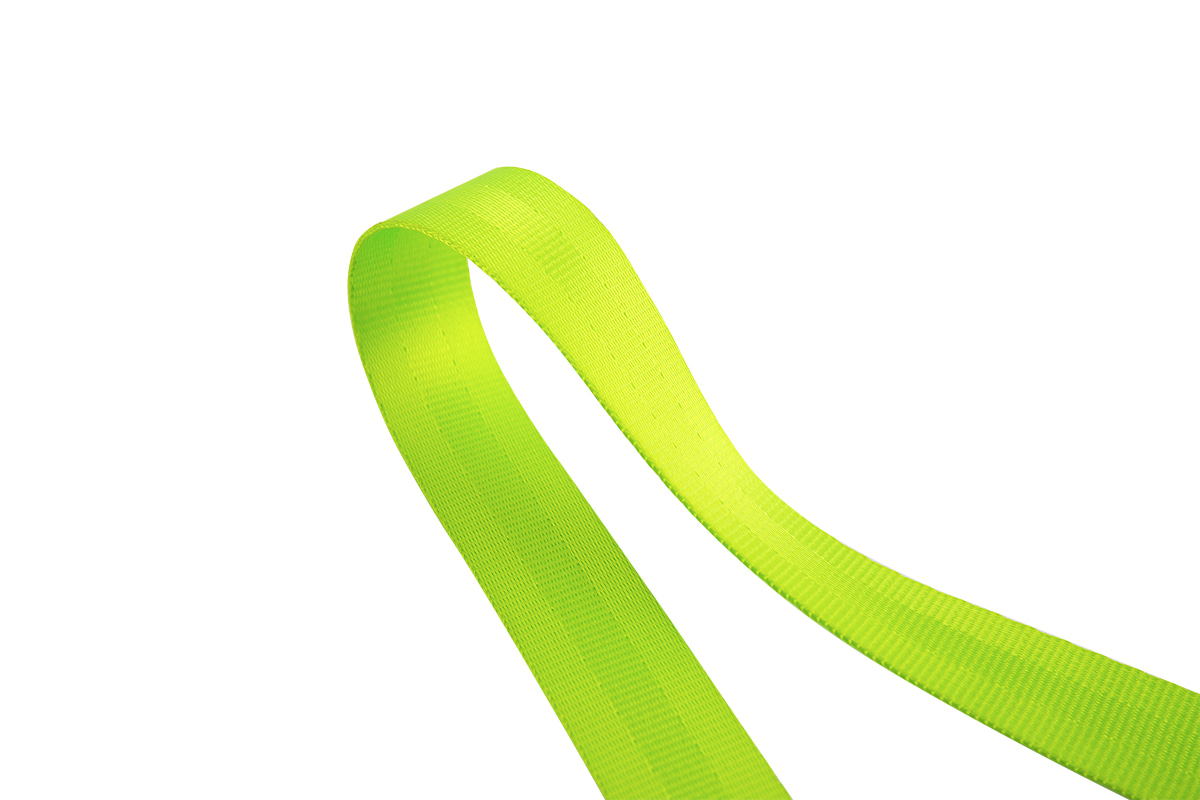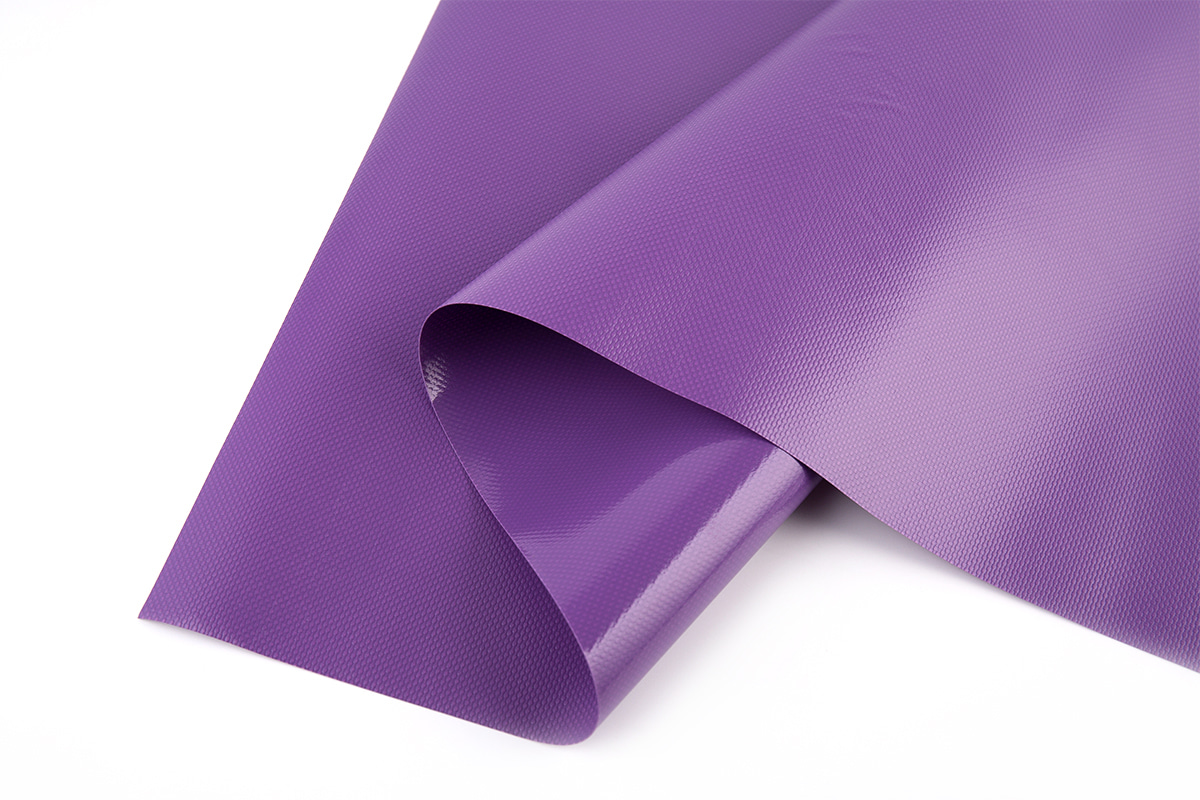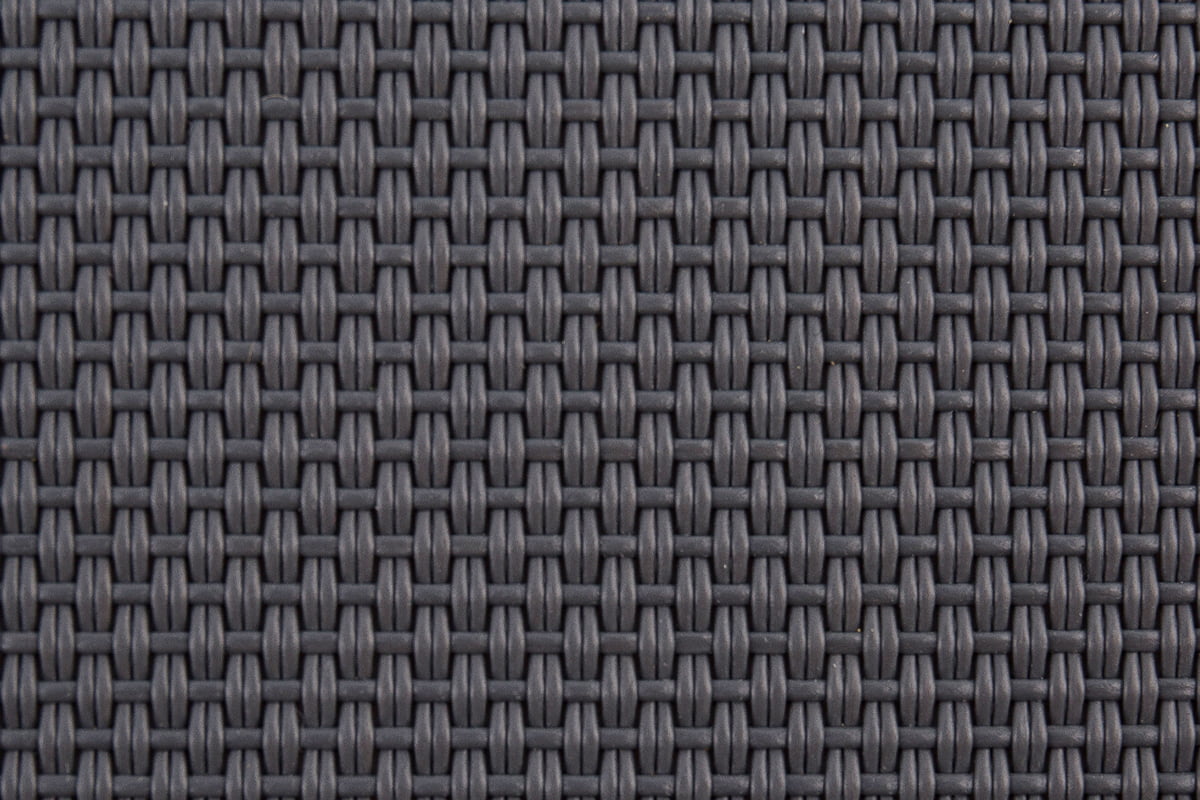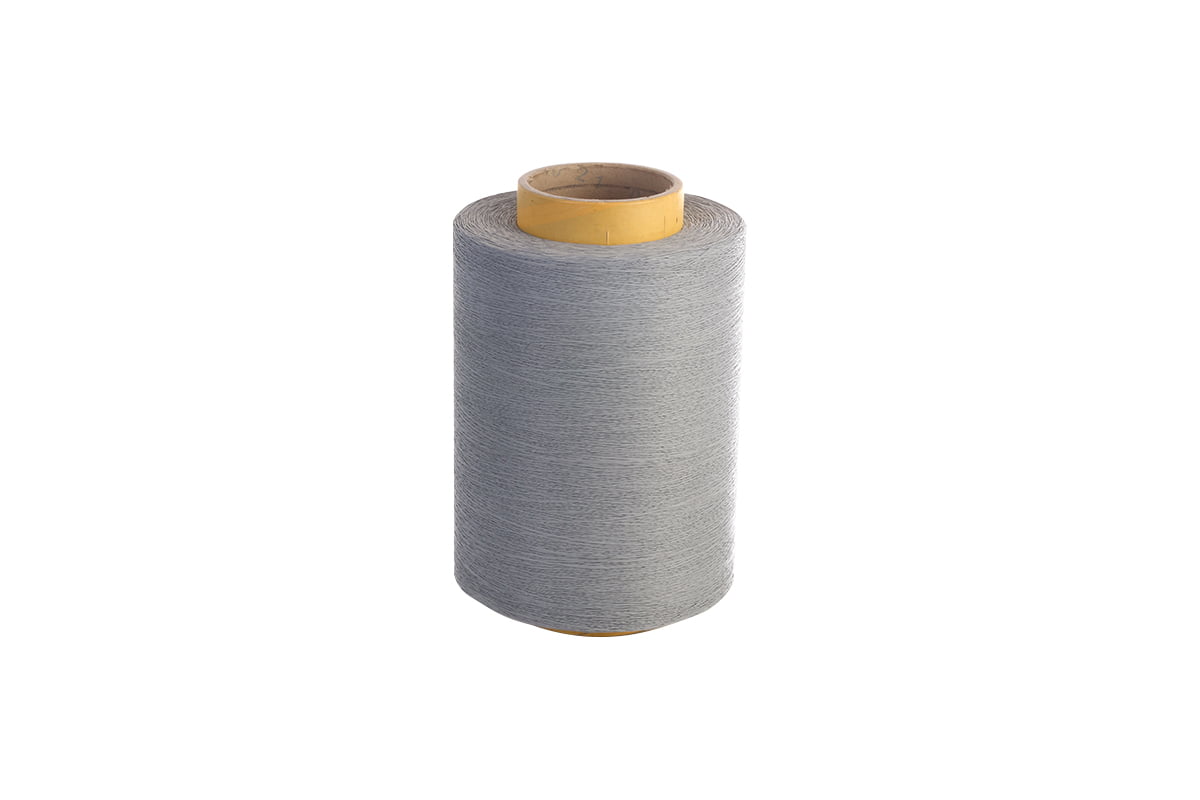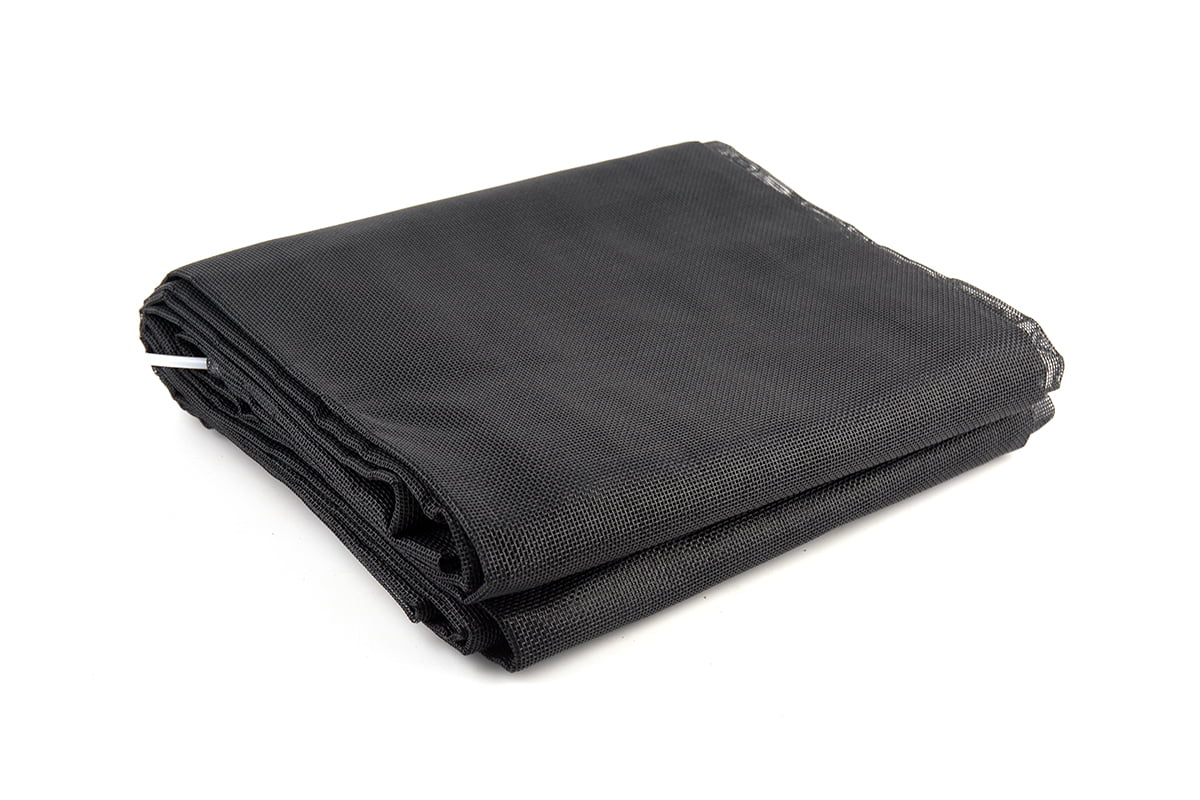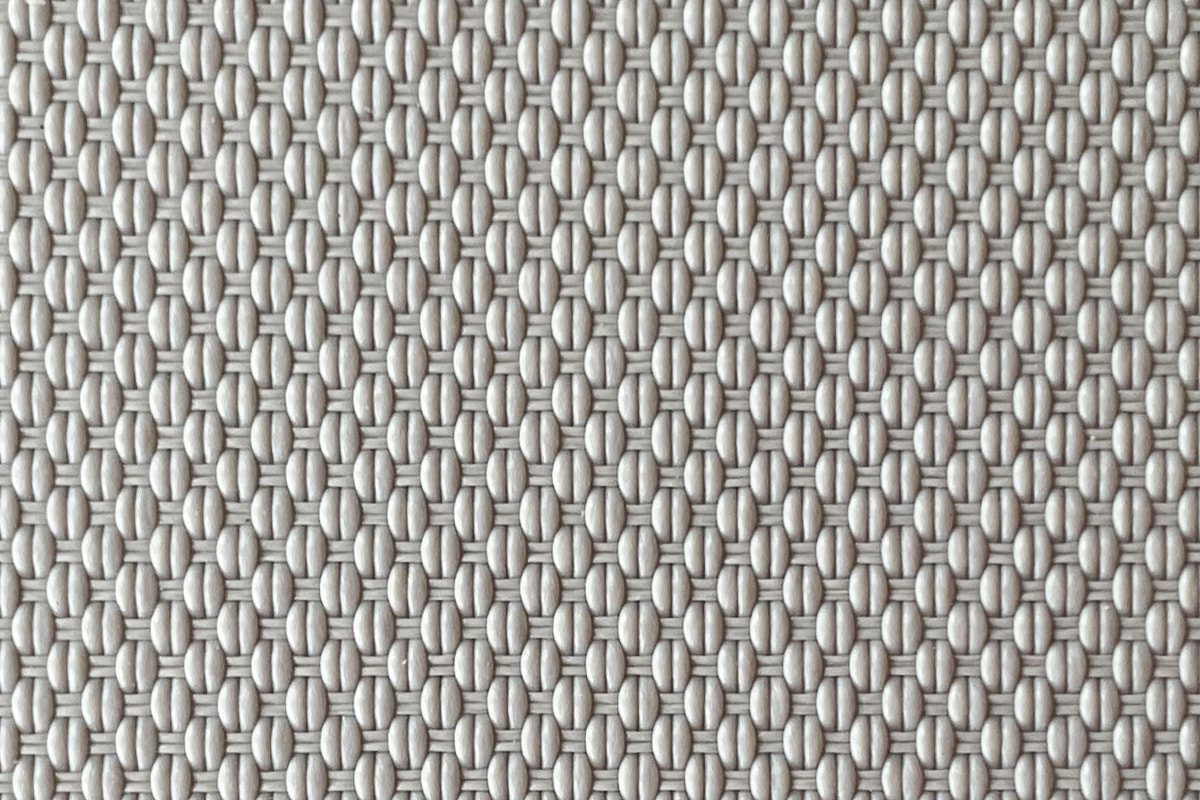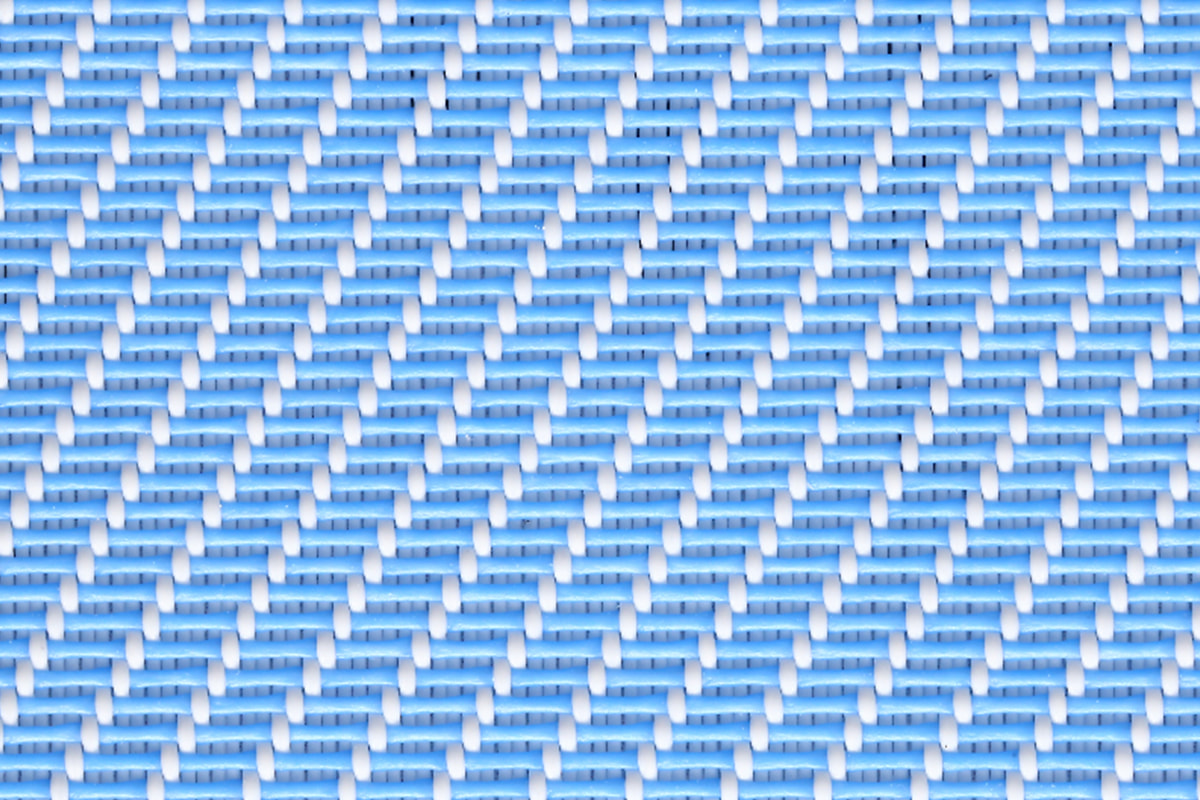
Sunscreen mesh fabric is widely used in various industries, from outdoor furniture to agricultural shading and construction applications. As the demand for protection from the sun increases, manufacturers are constantly evolving their designs to meet changing needs and improve functionality. Several trends are currently influencing the designs of sunscreen mesh fabric, helping manufacturers stay competitive and address consumer expectations.
1. Increased Focus on UV Protection
One of the important factors influencing sunscreen mesh fabric designs is the need for enhanced UV protection. As people become more aware of the harmful effects of UV rays on skin health, there is a growing demand for materials that offer protection. Sunscreen mesh fabric manufacturers are now using advanced materials and coatings to increase the UV-blocking capabilities of their products. These fabrics are often designed to block a higher percentage of UV rays while still allowing airflow and light to pass through, making them ideal for outdoor applications.
Innovations in UV-blocking fibers and coatings help manufacturers create fabrics that not only provide effective sun protection but also maintain breathability and comfort for users.
2. Eco-Friendly Materials and Sustainability
Sustainability has become a significant trend in the fabric industry, and sunscreen mesh fabric is no exception. Consumers are increasingly concerned about the environmental impact of the products they purchase, and manufacturers are responding by incorporating eco-friendly materials into their designs. Sustainable options such as recycled polyester, organic cotton, and biodegradable coatings are being used to create fabrics that are both functional and environmentally responsible.
By focusing on eco-friendly materials, sunscreen mesh fabric manufacturers are not only meeting consumer demand but also contributing to the reduction of waste and the overall environmental footprint of their products.
3. Durability and Weather Resistance
Another key trend shaping the design of sunscreen mesh fabrics is the focus on durability. Outdoor and industrial applications require materials that can withstand harsh weather conditions, including sunlight, rain, and wind. Manufacturers are increasingly incorporating weather-resistant features into their designs, such as water-repellent coatings, anti-fading treatments, and enhanced tear resistance. These innovations help extend the lifespan of the fabric, making it a more cost-effective choice for long-term use.
Sunscreen mesh fabrics used in construction, agriculture, and outdoor furniture need to endure exposure to the elements, and durability is a major consideration for manufacturers looking to meet these needs.
4. Aesthetic Appeal and Customization
The visual appeal of sunscreen mesh fabric is another growing trend. As consumers demand more stylish and personalized products, manufacturers are offering a wider range of colors, patterns, and textures. Customization options allow customers to select fabrics that match their aesthetic preferences while still providing the necessary sun protection. In industries like outdoor furniture or architectural shading, the design and color of the fabric play an important role in overall product appearance.
By offering customizable options, sunscreen mesh fabric manufacturers are able to cater to diverse tastes and create products that align with the latest design trends.
5. Technological Integration
Technology is also influencing sunscreen mesh fabric designs. For instance, smart fabrics that change color based on UV exposure are beginning to emerge. These fabrics can alert users when they need to take extra precautions or seek shade, enhancing safety and convenience. Manufacturers are also exploring the integration of cooling technology into sunscreen mesh fabric, making the material not only protective but also more comfortable in hot weather.
Sunscreen mesh fabric manufacturers are adapting to a range of trends, including enhanced UV protection, sustainability, durability, aesthetic appeal, and technological integration. These trends reflect the evolving needs of consumers and industries that rely on high-performance materials. By embracing these innovations, manufacturers can continue to offer products that meet the demands of the modern marketplace while maintaining functionality and style.

 en
en Español
Español